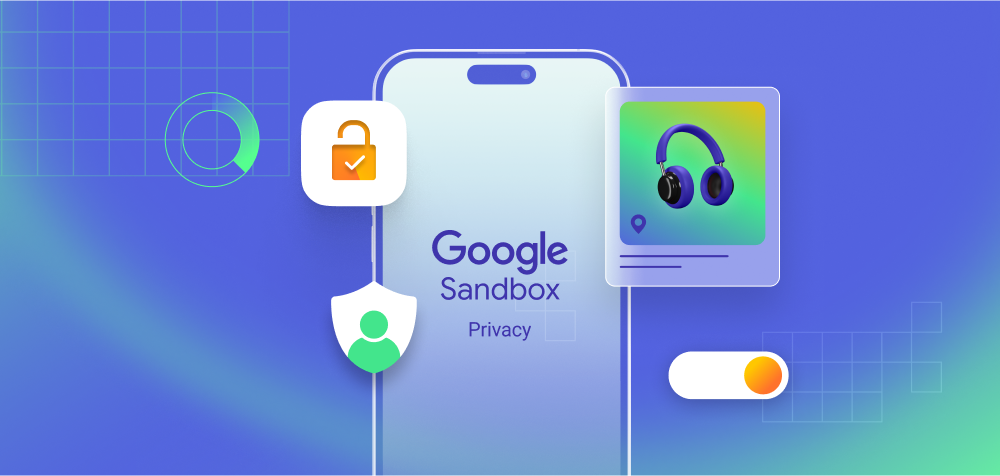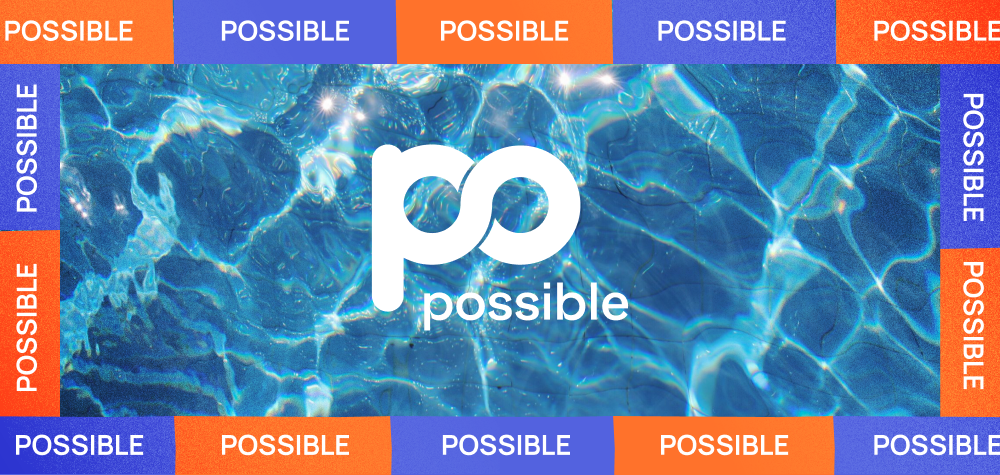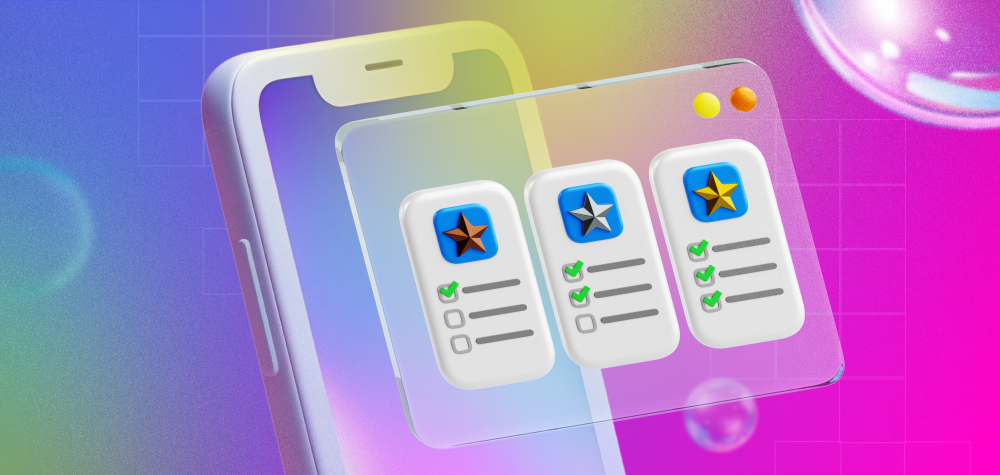You may have seen the headlines: Google is rolling out major privacy changes to the Chrome browser, in a project internally codenamed Privacy Sandbox.
If you’re a mobile app developer, you should know that similar changes are on the way for Android, which could change the way your customers experience programmatic advertising in your company’s apps.
In this article, we’ll explore Privacy Sandbox, what it means for app developers, and how Start.io is helping developers make the transition smoothly.
What is Privacy Sandbox on Android?
Google is deprecating third-party cookies on the Chrome browser next year and plans to limit access to customer data signals on Android within the next few years.
A similar shift happened at Apple in 2020, when the company effectively killed third-party cookies on Safari, and limited the use of Identifiers for Advertisers, or IDFA, on iOS.
These changes are long overdue and will improve customer privacy across the internet.
Google is working with industry experts from Start.io and other adtech companies to proactively anticipate and mitigate potential disruptions to the multibillion-dollar programmatic ad buying ecosystem.
The goal of Privacy Sandbox is to strengthen privacy and modernize the way digital advertising collects and interprets customer signals for ad targeting.
What do privacy changes mean for app developers?
Most mobile app developers want two things from the digital advertising they display:
- High-quality ad inventory, delivered at the best possible CPM rate
- Relevant and useful ads that don’t negatively impact the customer experience
Given what we’ve seen so far, Start.io is confident the privacy changes coming to Android will allow us to continue delivering high-quality, high-performing ad units with minimal disruption to the customer experience.
The big change will be around the types of customer data that an app can collect in the background and share with third-party partners.
Today, every time an Android app calls for an ad, its mobile advertising SDK is allowed to collect and analyze several customer data signals, which it uses to improve the ad request. These signals include the device type, operating system, network connectivity, location, and more.
With Privacy Sandbox, all customer data signals will be stored locally on the Android device itself. Data signals will be analyzed locally, and Google will offer up the relevant context that the advertising platform needs to deliver a high-performing digital ad. Customer data stays secure and private.
In practice, your experience as a mobile app developer will largely remain the same—high-quality ads will continue to flow into your apps, albeit in a different way behind the scenes.
How can you make the transition smoothly?
If your mobile apps are currently collecting first-party data signals, it’s important to understand whether your app will be able to continue collecting those signals after Privacy Sandbox goes live on Android.
The Privacy Sandbox initiative is still very active and being shaped by Google and its industry partners. Start.io will continue to bring you updates about significant changes as they happen, particularly if the changes could affect developers and their apps.
Feel free to reach out to us if you have specific questions about Privacy Sandbox, we’re happy to talk through what this initiative means for your apps specifically.



